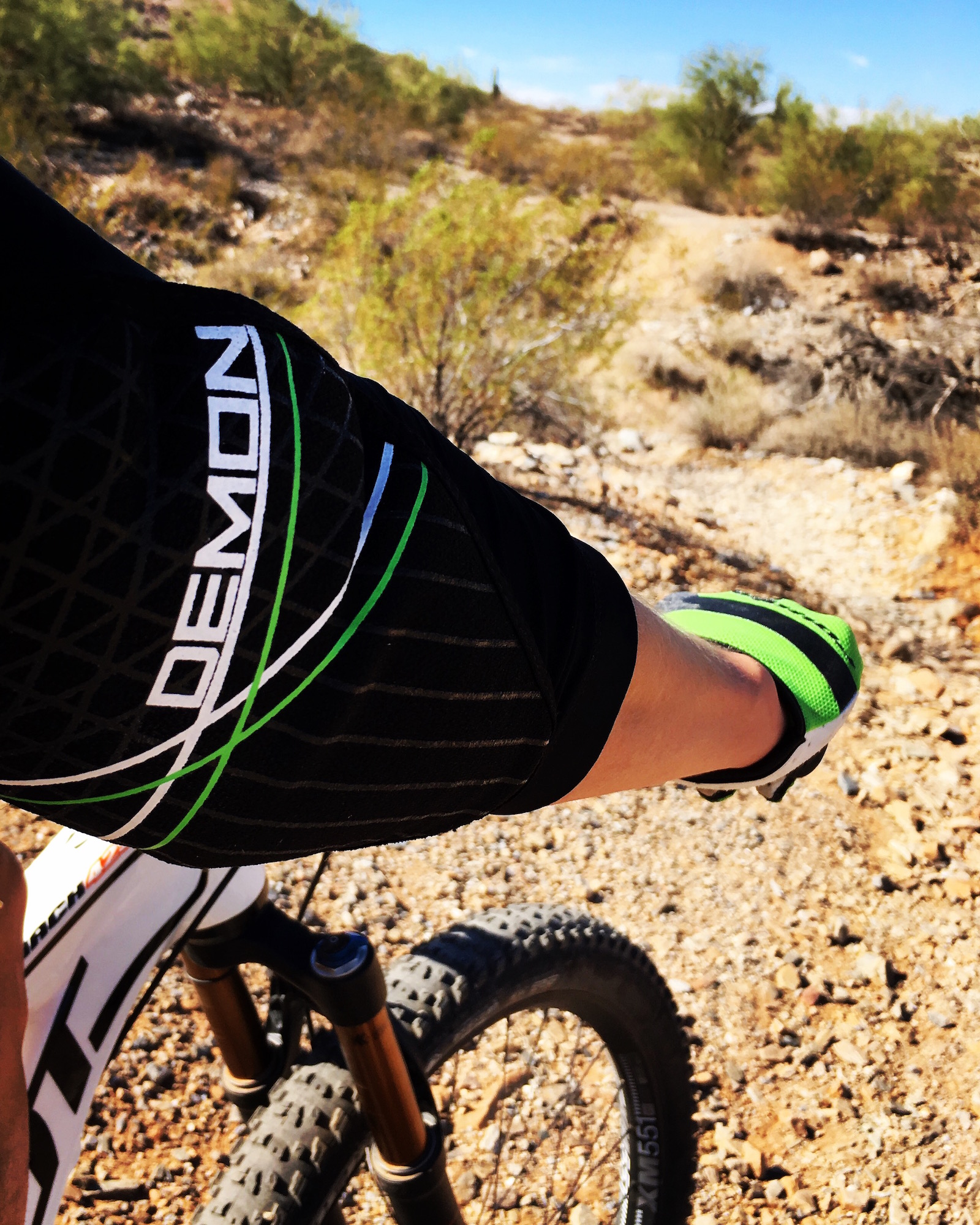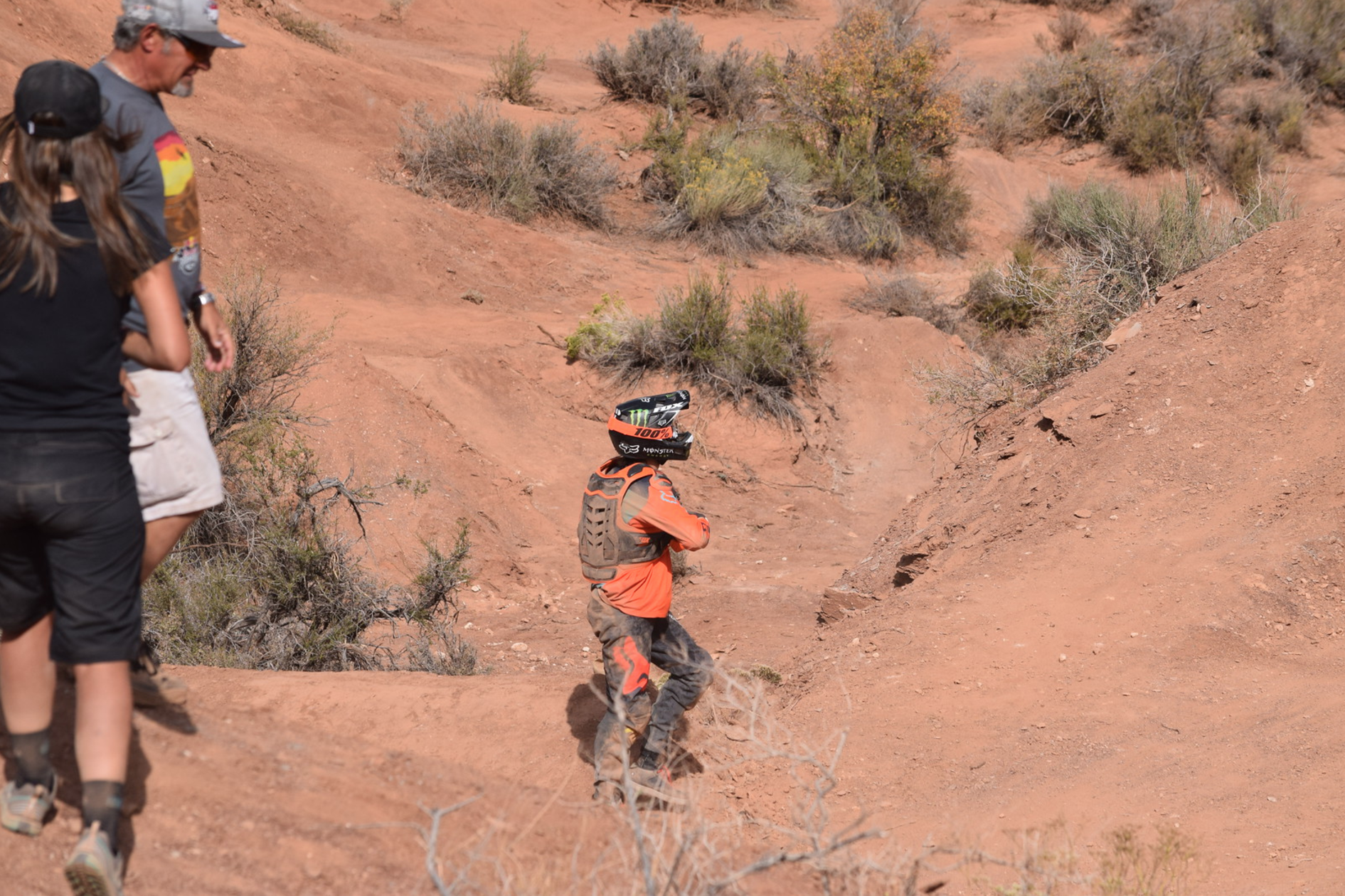First, I’ve very much enjoy writing for Singletracks.com. It’s a great opportunity to provide some real science to an audience that deserves it. My latest article: You Need to Wear Body Armor: The History of Mountain Biking Injuries.
It’s definitely appropriate. I’ve sustained some pretty decent bodily damage because I choose to incorporate cycling as a part of my lifestyle:
- Fractured ulna (left arm) – did not have elbow pads on
- Fractured radial head (right arm) – did not have elbow pads on
- Full-thickness 5″ laceration (left shin) – 14 sutures, two layers
- Three 1.5″ lacerations (left knee) – 1 suture + 5 Steri-strips – did not have knee pads on
- Torn meniscus (left knee, medial, horizontal tear) – was hit by a car during a commute
- Displaced chunk of bone (~5mm diameter), posterior of patella, right knee
- Countless scrapes and abrasions (some fairly large… we’re talking 6×4″ on my left shin… I’ll spare you the photos)
- I’m sure I’ve forgotten something
Despite the above list, I love cycling, especially mountain biking. I’m not alone. Many people incorporate cycling as a part of their daily choice to live actively. It provides a wealth of fitness benefits, decreases stress, depression and anxiety, as well as satisfies a need for adventure.

Most of us understand the risks associated with the sport. But, will I ever ride helmet-less? No way. Knee and elbow pads are also worn when appropriate. Why? The injury statistics alone paint a clear picture of what can happen to just about anyone who rides, whether you’re a professional or a newbie.
Check out my article written exclusively for Singletracks.com discussing why you should always choose to be safe on a bike and gear up!
You Need to Wear Body Armor: The History of Mountain Biking Injuries
Cheers!
